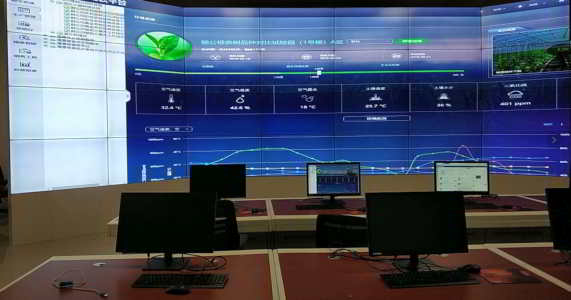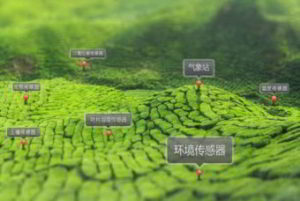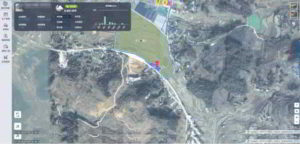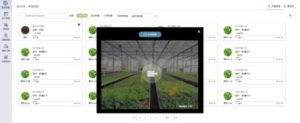
Views: 32
– The agricultural IoT cloud platform combines advanced IoT, cloud computing, sensors, automatic control and other technologies to display real-time temperature.
Minapim by Hernan Valenzuela: Feeding a population of 1.386 billion (2017) is a task that demands much more than good planning. Although China’s territorial extension allows such activity, only by using technology will it be possible to do so efficiently. The answer is Agricultural IOT.
The Chinese government works with different technological approaches to continue its exponential growth. The use of Artificial Intelligence, Internet das coisas IOT are part of a domestic plan that will be valued at nearly USD $ 150 billion over the next few years, until it became the main powerhouse of AI in 2030. This officially marked development. AI as a national priority.
Agriculture 4.0 in China uses IOT at all stages of production, controlling and monitoring different crops.
The agricultural IoT cloud platform combines advanced IoT, cloud computing, sensors, automatic control and other technologies to display real-time temperature, humidity, PH value, light intensity, greenhouse CO2, fields, tea plantations, farms, or cell phones. Automatic control ensures that crops have a good and proper growing environment.
Platform Architecture:

The agricultural IoT architecture can be divided into three layers: perception, transmission and application layer.
Detection layer: Various sensors, such as temperature and humidity sensors, light sensors, carbon dioxide, wind direction, wind speed, and rain sensors, are used to obtain various types of plant information.
Transmission Layer: It is comprised of various networks including Internet, radio and television, network management systems and cloud computing platforms. It is responsible for transmitting and processing the information obtained by the perception layer. It can transmit temperature, humidity, PH value, light intensity and CO2 data remotely. For the cloud data server, data can also be stored locally. The transmission layer has the features of remote query and breakpoint resume to ensure the integrity of system data.
Application Layer: The interface between the Internet of Things and users is matched to industry needs for smart IoT applications. The platform can be flexibly configured with real-time displays displaying trend graphs, reports, alarms, temperature and humidity, lighting parameters etc., collecting data for each node, storing and managing the dynamic display of all information from the test point and performing according to various types of information such as: Automatic Irrigation, Fertilization, Spraying, Refrigeration and Supplemental Light Control. Automatic alarm for abnormal information.

Platform Monitoring Function:
(1) PH value monitoring (2) humidity monitoring (3) humidity monitoring (4) Rain monitoring (5) temperature monitoring (6) light monitoring (7) Pest Monitoring (8) Data Analysis (9) sending data (10) automatic control
Source: www.newLixon.com Source: https://futureoflife.org/
Related Article: IOT / AI / Nano – Food Technology – $ 6.5 Trillion USD Market!